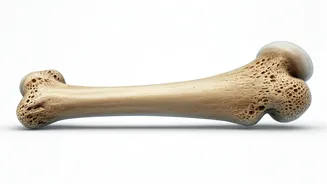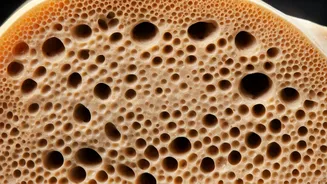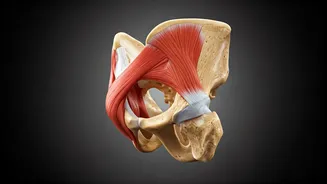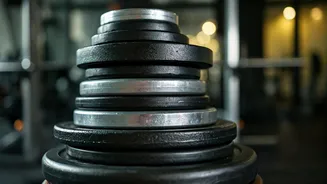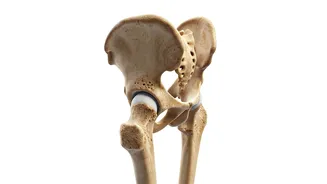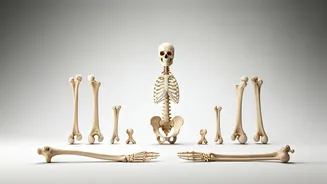Importance of Mobility
The significance of mobility exercises post-30 cannot be overstated. As the body matures, bone density can decline, and muscle strength may diminish, increasing
the chances of injuries and reducing physical capabilities. Regular exercise, particularly those that focus on mobility, help counteract these natural changes by enhancing bone density, preserving joint flexibility, and enhancing muscle strength. These exercises also have a positive effect on balance and coordination, lessening the risks of falls. By incorporating these exercises into your daily routine, you invest in your long-term health, ensuring that you can maintain an active and independent lifestyle for years to come. Such a commitment to fitness empowers you to stay engaged in the activities you enjoy, fostering both physical and mental well-being.
Kneeling Windmill Exercise
The kneeling windmill is a superb exercise for enhancing core stability and overall body coordination. To start, get on your knees and then position your hands under your shoulders, just like you would for a push-up. Next, extend one arm upwards towards the ceiling, turning your torso to follow the movement of the arm, allowing your gaze to follow. Maintain your knees on the ground and feel a gentle stretch through your side. Hold the position momentarily before slowly returning to the initial position. Repeat this movement on the opposite side. The kneeling windmill targets multiple muscle groups, improving balance and mobility, crucial elements for physical health after 30. Regular practice of this exercise enhances core strength, which is vital for maintaining good posture and preventing back pain, making everyday activities easier.
Kneeling Low Squat
This exercise is excellent for improving hip and ankle mobility, crucial for preventing age-related stiffness. Start by kneeling, then slowly lower your hips toward your heels as if you are preparing for a squat. Make sure your feet remain flat on the ground. You should feel a stretch in your ankles, hips, and lower back. If it's comfortable, try gently rocking from side to side to extend the stretch. The kneeling low squat helps maintain flexibility in your lower body, which is important for everyday movements such as standing up, sitting down, and walking. By doing this exercise, you can improve joint health, increase your range of motion, and reduce the likelihood of stiffness. It also helps to maintain balance and stability, making your daily life more comfortable and less prone to injury.
Alternate Sitting, Rising
This exercise is a valuable tool for improving lower body strength and overall functional fitness. It directly targets the muscles used for getting up and down, essential movements in daily life. Begin by sitting comfortably in a chair. Focus on engaging your core and gluteal muscles. Keeping your back straight, slowly stand up, using your leg muscles to push yourself up. Slowly and controlled, return to a seated position. The controlled nature of this exercise emphasizes muscle strength and control, making it a great option to enhance your ability to perform everyday tasks. This can improve your ability to climb stairs, get up from chairs, and maintain independence as you age. It also helps maintain good posture and a healthy spine.
Reverse Table Tap
This exercise effectively strengthens the core and improves shoulder stability. To begin, sit on the floor with your knees bent and feet flat. Place your hands on the floor beside your hips, fingers pointing forward. Lift your hips off the floor, forming a table shape with your body. Hold this position, engaging your core muscles and ensuring your back is straight. Lower yourself back down with control, then repeat. You can also vary the exercise by tapping one hand at a time. This exercise is perfect for building core stability and overall upper body strength, and the table tap helps in strengthening the muscles needed for everyday movements. This exercise can also improve posture and balance, essential for maintaining an active lifestyle.
Lateral Knee Tap
This exercise focuses on enhancing hip mobility and lower body coordination. To perform this, stand with your feet hip-width apart and your hands on your hips. Shift your weight to one side and gently tap the opposite knee outwards, keeping your back straight and your core engaged. Return to the starting position and repeat the movement on the other side. This exercise improves hip flexibility and stability. Performing lateral glides with knee taps improves overall balance and mobility. It also helps prevent injuries, and makes it easier to engage in daily activities. This exercise can contribute to maintaining a healthy and active lifestyle by boosting your physical well-being.


